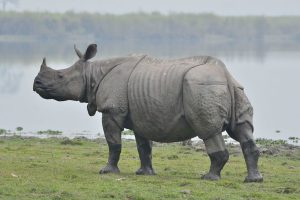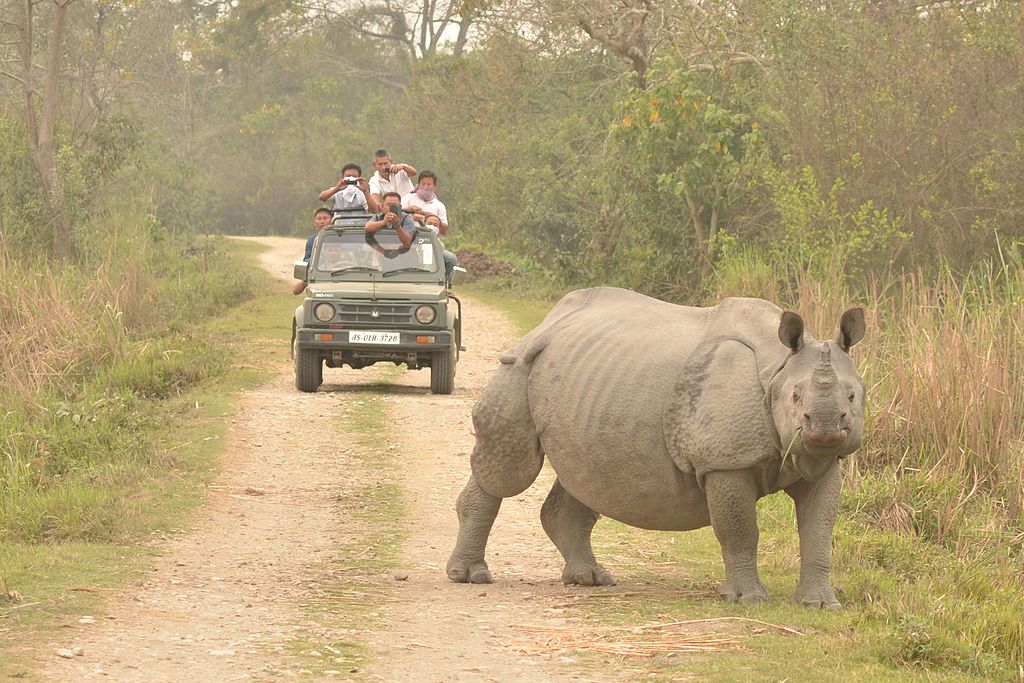Environmental degradation and species extinction are a sad reality, and as a result, India’s Kaziranga National Park decided to innovate. The park’s ‘shoot-on-sight’ policy against poachers, has yielded remarkable results: zero rhinos poached in 2022, and only one in 2023.
The Kaziranga National Park is a sanctuary for the endangered Asian One-Horned rhino. In the shadow of the Himalayas, this park is in the frontline in a war against poaching, a war that Kaziranga is winning with an unapologetically aggressive approach.
Since the implementation of the shoot-on-sight policy, the results have been evident. In 2022, for the first time in decades, not a single rhino fell prey to the poacher’s bullet. This record extended into 2023, with only one poaching incident. Contrast this with the dark days of 2013 and 2014, when 27 rhinos were poached each year, and the effectiveness of the shoot-on-sight policy becomes clear.

The policy, while undeniably effective, is not without its detractors. Critics argue it violates human rights and undermines the rights of local communities. Instances of extra-judicial killings and the shooting of innocents, including a tragic case of a seven-year-old boy, have cast long shadows over the policy’s ethical standing. Moreover, the plight of rangers, who face daily risks and often suffer from PTSD, adds a sad note to this narrative.
Yet, despite these concerns, the policy’s effectiveness in conserving the rhino population cannot be understated. The reduction in poaching incidents is proof of the deterrent power of this approach.
It’s a gritty and uncomfortable truth that conservation sometimes demands hard choices. Kaziranga’s policy, while extreme, stays true to the urgency of protecting endangered species in a world where traditional methods have often failed.
The story of Kaziranga is not just about rhinos; it’s about the broader fight for our planet’s future. It exemplifies a hard truth in conservation: the battle to save biodiversity often involves tough, controversial decisions.
Conservation is not a black-and-white issue; it’s a spectrum of grey, filled with moral and ethical dilemmas. Kaziranga’s story challenges us to think deeply about our values and the lengths we are willing to go to protect our natural world. It forces us to confront uncomfortable truths about conservation and the sacrifices it entails.
While the shoot-on-sight policy in Kaziranga raises significant ethical questions, its effectiveness in drastically reducing rhino poaching cannot be ignored. It’s crucial to balance the harsh realities of conservation with respect for human rights and local communities. Kaziranga’s story is a call to action, urging us to find innovative and humane ways to preserve the Earth’s biodiversity.





